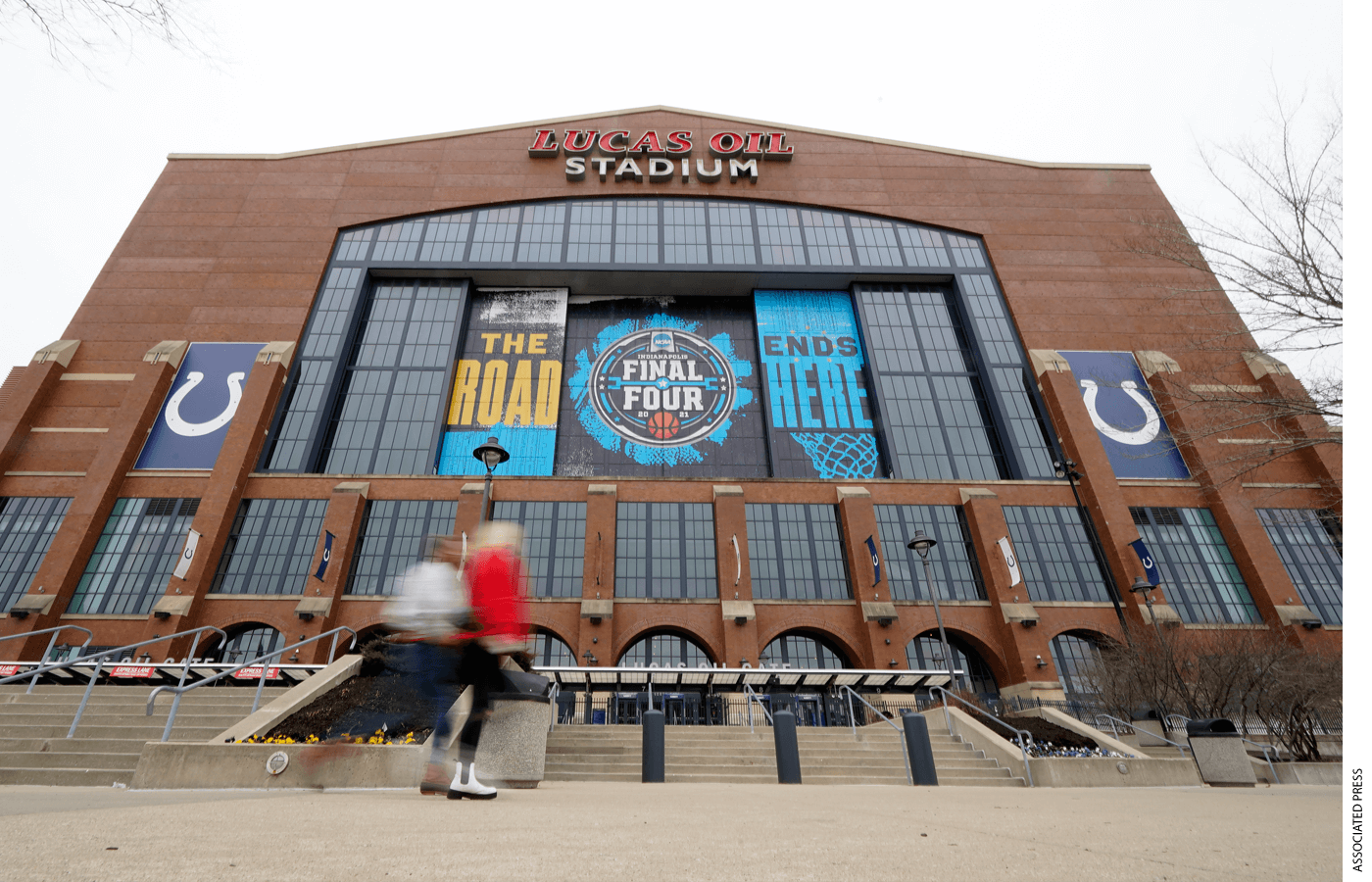
This week the sporting world turns its attention to Indiana as it hosts the NCAA Men’s Basketball Tournament, commonly called “March Madness.” Indiana is a fitting venue for the tournament, since it is known for its great basketball tradition and the classic basketball movie Hoosiers. Indiana also is known for giving parents choices regarding their children’s education, including private options. New research suggests that the Hoosier State has scored big-time with school choice.
A new study of the Indiana Choice Scholarship Program finds that it disproportionately serves disadvantaged students and serves them well. Co-authored by Megan J. Austin and Max Pardo, the report is titled, “Do College and Career Readiness and Early College Success in Indiana Vary Depending on Whether Students Attend Public, Charter, or Private Voucher High Schools?” You can blame the government for the inelegance of the title. The report was released on March 15 by the Midwest Regional Education Lab, sponsored by the U.S. Department of Education’s Institute of Education Sciences.
Indiana’s decade-old private-school choice initiative is one of the most expansive of the 26 voucher and voucher-type programs across the country. Participating private schools enrolled 36,707 low- and middle-income choice students in 2019–20. Since nearly half of Indiana’s K–12 students meet the relatively generous income-eligibility standards for the program, we might expect that the initiative disproportionately would serve racial- and income-advantaged populations of students. We would be wrong.
The authors take the first four cohorts of 9th graders to enter the voucher program from 2010–11 to 2013–14 and track them, along with their peers in other types of Indiana schools, through high-school graduation and the possibility of college enrollment. They report that the Indiana Choice Scholarship Program disproportionately serves traditionally disadvantaged populations of students. Thirty percent of the voucher recipients are African American, compared to just 11 percent of the students in traditional public schools. The proportion of students of Hispanic ethnicity is twice as high in the choice program (16 percent) as in the traditional public schools (8 percent). A total of 53 percent of the students served by the voucher program are poor enough to qualify for the federal lunch program, compared to just 35 percent of the students in traditional public schools.
The authors calculate the likelihood of the voucher students, non-voucher students in voucher-participating private schools, public-charter-school students, and traditional public-school students reaching various benchmarks of college and career readiness, including actually enrolling in college. For all these calculations, they control for a rich set of key characteristics of students and their schools, including student income, race, gender, and 8th-grade test scores, as well as high-school size and location. They produce background-adjusted likelihoods of college and career readiness by type of high school and Choice Scholarship participation. Here I focus on the comparisons between the outcomes for the voucher students and the traditional public-school students.
Since the research is informed by a massive database of over 340,000 students, almost any difference between the voucher students and traditional public-school students is statistically significant. To better interpret their findings, the researchers set a standard of 5 percentage points as a “meaningful” difference in the background-adjusted likelihoods of the voucher and traditional public-school students.
The background-adjusted rates of college and career readiness for the voucher students are equal to or better than the background-adjusted rates for traditional public-school students regarding almost all output and outcome measures. First, let’s look at outputs. Participants in the Indiana Choice Scholarship Program demonstrate meaningfully higher rates of never failing a high-school course and never being suspended in high school. The voucher students have a meaningfully lower rate of taking at least one Advanced Placement examination, most likely because many private schools offer academically rigorous courses outside of the AP program.
Outcomes matter more than outputs, and on outcome measures, the voucher students shine brightly. Adjusted for their background, high-school students who participate in the Indiana Choice Scholarship Program enroll in college within a year of graduating from high school at a rate of 61 percent, 9 percentage points higher than the rate of 52 percent for similar students in traditional public schools. Of college enrollees, 78 percent of voucher students matriculate at a four-year college or university, a rate that is meaningfully higher than the 71 percent rate for college goers from traditional public schools.
This study relied on observational data for its analysis. Still, its findings regarding the generally positive effects of private-school choice on student-attainment outcomes are consistent with more rigorous evaluations of such programs in the District of Columbia, Florida, Milwaukee, and New York City. The focus on non-test-score measures of student outcomes dovetails with other efforts to broaden our definition of student success, such as Brian Gill’s work at Mathematica on the comparative “Promotion Power” of different high schools in Louisiana and research I have published with Corey DeAngelis on school choice and character outcomes. We expect schools to nurture the totality of each child—mind, body, and character—and thereby place them on a path to academic and career success. This latest U.S. Department of Education study indicates that school-choice Hoosiers are primed to win and advance.
Patrick Wolf is Distinguished Professor of Education Policy and 21st Century Endowed Chair in School Choice in the Department of Education Reform at the University of Arkansas.


